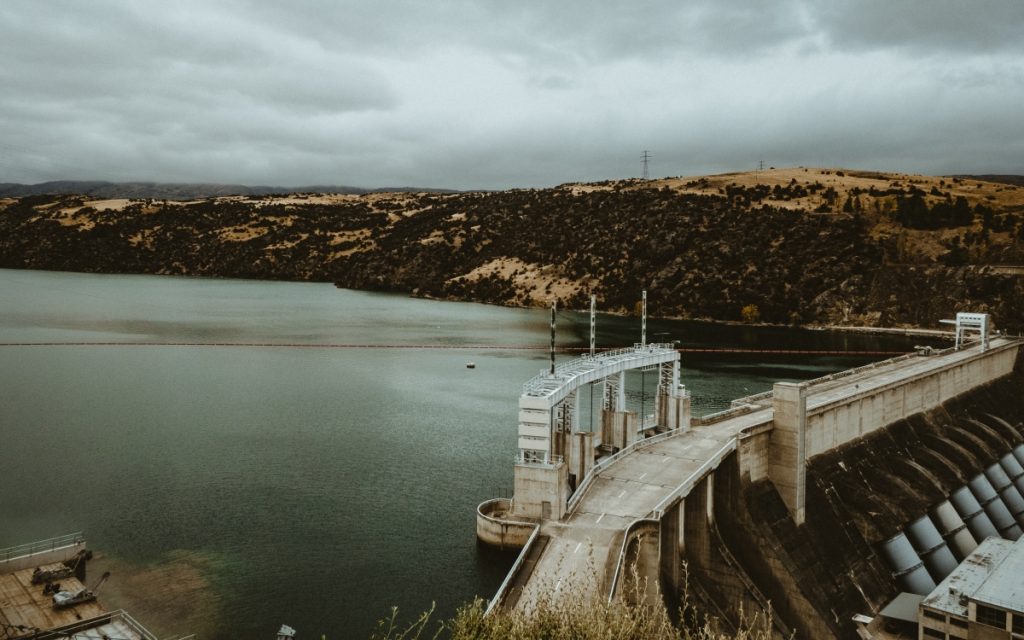Capital Structure, Investment, and Regulation: The England and Wales Water Sector
Esteve Guasch, V.
The paper “Capital Structure, Investment, and Regulation: The England and Wales Water Sector” (Esteve Guasch, V.) will be presented at the 8th Conference on the Regulation of Infrastructures (20-21 June, 2019).
ABSTRACT
This paper analyses the relation between capital structure, regulated prices, and investment using a panel of the England and Wales private water companies for the period 1998-2010. The England and Wales water sector was privatised in 1989 by means of an initial public offering. Right before privatisation, the British government had written off all existing debts of the public companies. Today, almost thirty years later, water companies have radically changed their capital structures from an equity-based to a debt-based model. The average gearing ratio of the sector in the early 1990s was slightly above 40%. By the late 2000s, it had reached a 70% average, with some companies presenting ratios above 90%. These high levels of debt, which are also present in other regulated utilities companies across the UK, has been raising some alarm. Some water companies have been accused of issuing debt with the sole purpose of distributing dividends to the shareholders at the expense of the consumers. Moreover, future infrastructure investment –which is crucial in a capital-intensive sector such as water- might face underinvestment problems in the future as companies’ balance sheets become exhausted.
Several theoretical models in industrial organisation have highlighted that regulated firms might have an incentive to issue debt in order to increase its probability of financial distress, because that forces the regulator to set higher prices. Furthermore, debt can work as a useful instrument to limit regulatory opportunism: because of the risk of financial distress, the regulator will not lower the regulated prices ex-post, thus reducing the under-investment problem that regulatory opportunism is usually thought to present. Therefore, two testable hypotheses can be drawn from this literature, that (1) higher debt leads to higher regulated prices, and that (2) higher debt results in higher investment rates.
We test these hypotheses using the case of the England and Wales water sector both theoretically and empirically. We build a simple theoretical based on the existing ones, incorporating a non-Modigliani-Miller cost of capital effect. This allows us to incorporate the cost of capital in the regulatory optimal price -which in the England and Wales represents around 40% of the average bill- so that the price could be decreasing on the leverage ratio. We then test these hypotheses empirically. Our results suggest that (1) increasing leverage in the sector has allowed the regulator to set lower prices due to the cost of capital reduction effect and (2) that this increase in leverage has not resulted in increased investment as investment in the sector already suffers from a classic Averch-Johnson effect of over-investment.
Presentation is available here.
ABOUT THE AUTHOR
Vicenç Esteve Guasch is an Associate Tutor and PhD Candidate at University of East Anglia. He holds a Bachelor degree in Economics from the Universitat Autònoma de Barcelona (UAB) and a Master degree in Economic History from the Universitat de Barcelona (UB). He has worked in different business consultancy projects in the Spanish financial sector. In 2016, he came to UEA and completed the MSc in Economics, which lead him to join the PhD programme of the School of Economics and the Centre for Competition Policy. Vicenç’s research interests are in the areas of industrial organisation and regulatory economics, more specifically in the economics of privatisation and regulation, efficiency and productivity analysis, and the utilities sector. His PhD thesis, supervised by Professor Kai-Uwe Kuhn and Professor Bruce Lyons, focuses on the privatisation and regulation of the water industry.







